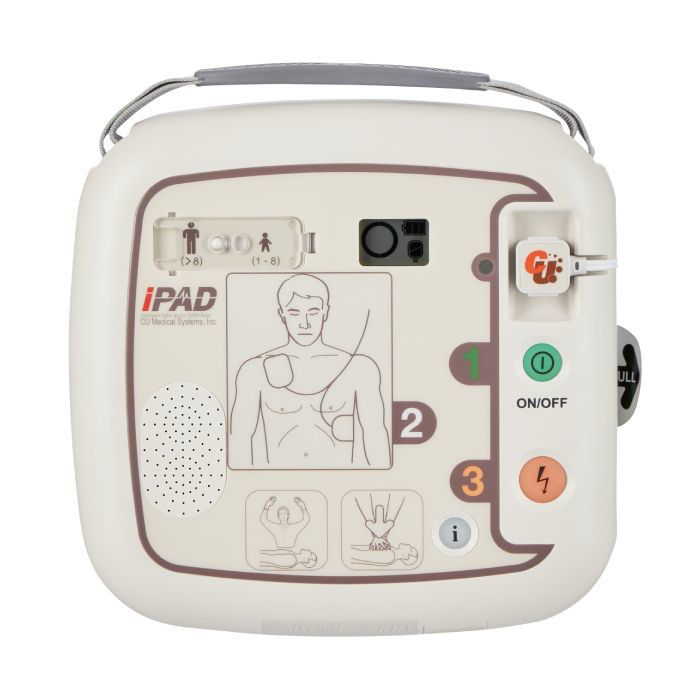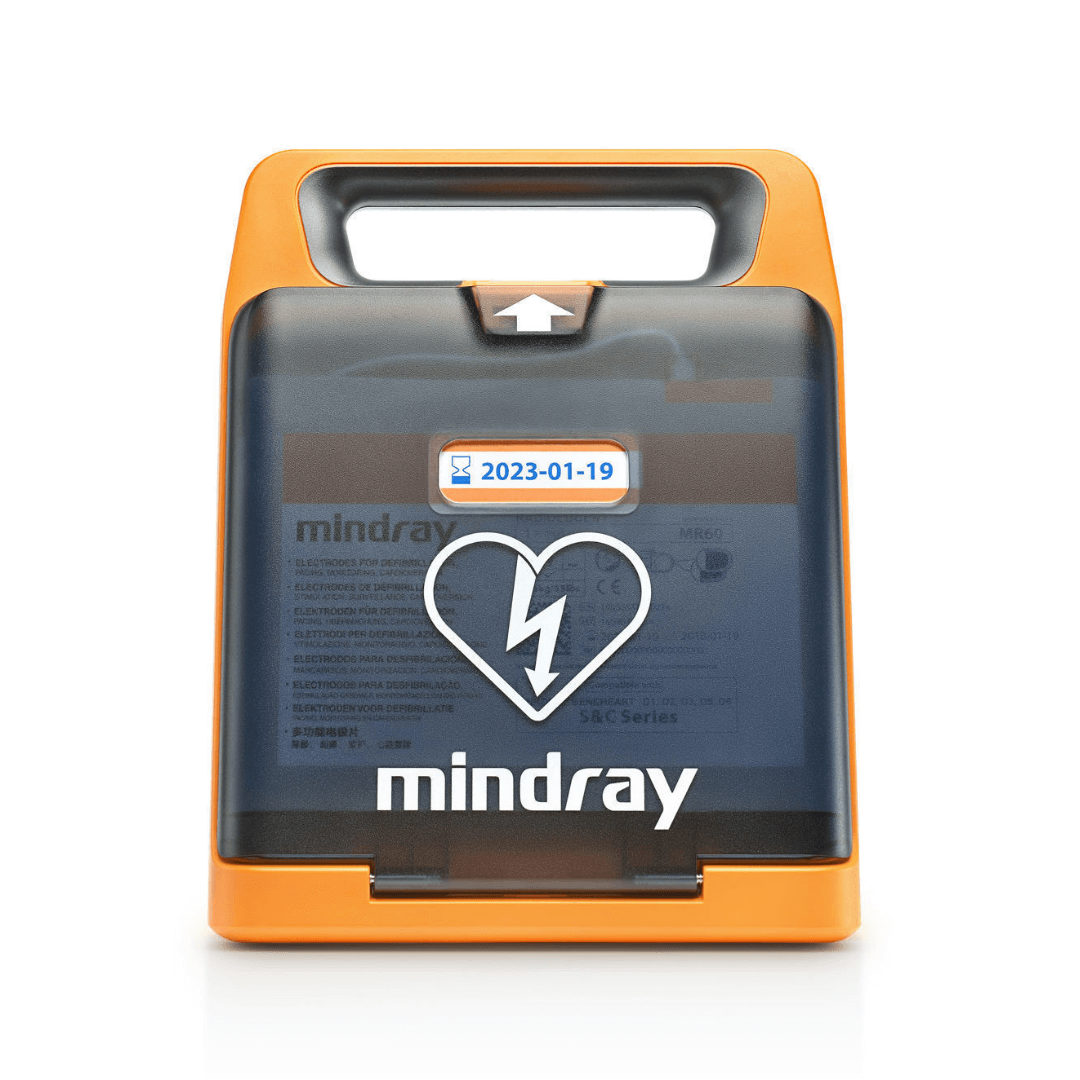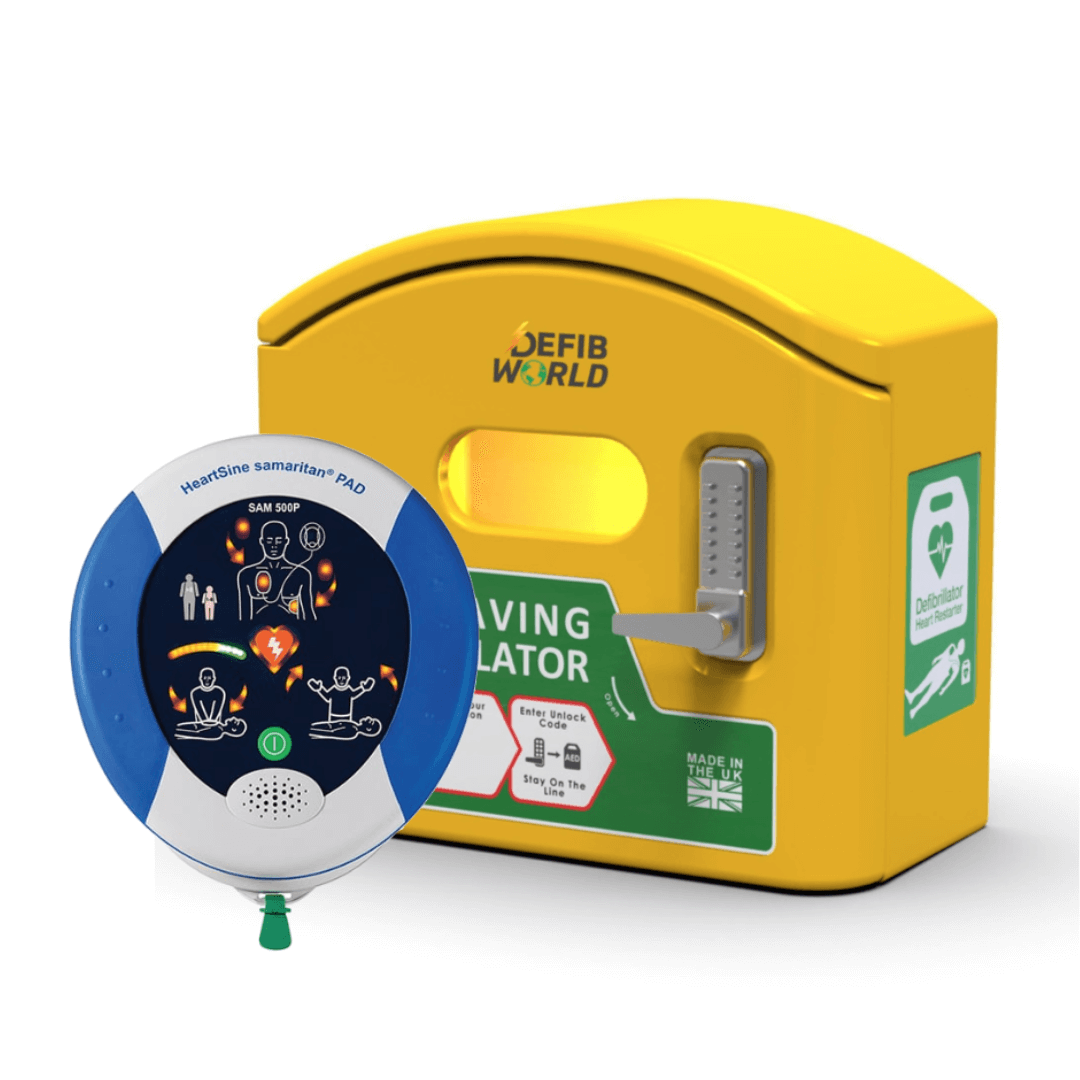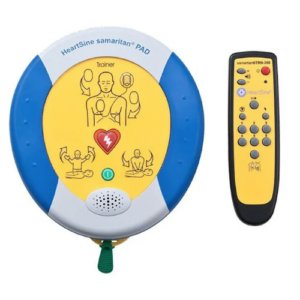- 19 July 2023
State-funded schools across England are now beginning to receive defibrillators under new government plans to make sure there is a device in every school, boosting their numbers in communities across the country, after years of campaigning by the Oliver King Foundation. Following that news, in July 2022 it was announced that schools that didn’t already have a defibrillator would be given one by the government before the end of the 2022/23 academic year.
The rollout will build on existing requirements for schools to teach first aid as part of the curriculum, with secondary school pupils being taught life-saving methods such as CPR and the purpose of defibrillators. This rollout will help protect schools and their local communities against cardiac arrest, delivering wider access to these devices.


Why are defibrillators so important for schools?
The importance of schools having defibs cannot be understated. Research shows that around 270 children die in schools each year from sudden cardiac arrests. However, defibrillation within the first three-to-five minutes can increase survival chances by up to 40%.
There are more than 30,000 out of hospital cardiac arrests across the UK every year but less than one in ten people survive. The more defibrillators that are accessible in schools, and the more people trained in how to use them, the better the chance of survival for children, staff and visitors who suddenly collapses from of a cardiac arrest.
CPR on the Curriculum
Here at Defib World, we believe involving children in CPR and Basic Life Support (BLS) training and education is an excellent way to give young people a head start and build confidence and knowledge about how to respond to emergencies.
Back in 2019, the then Education Secretary Damian Hinds announced plans to add CPR to the school curriculum in England, giving thousands of secondary school pupils across the country a chance to learn critical, life-saving first aid skills.
The plans promised that, before leaving secondary school, all young people in England would be instructed on how to conduct CPR, the purpose and use of defibrillators as well as fundamental first aid treatments for minor injuries.
A study conducted in Sweden in 2020 explored this in more detail. First, they quizzed participants, all aged between 16-20, on their confidence levels in performing effective emergency CPR. Then, the cohort was given a detailed, two-hour theoretical and practical education session on CPR and emergency BLS before being encouraged to carry out CPR on Brayden Pro Manikins while abiding by European Resuscitation Council (ERC) guidelines.
The astonishing results were that even this short, two-hour session engendered a significant increase in confidence levels. The participants were 39% more confident in identifying a cardiac arrest, 26% more likely to conduct chest compressions and 22% more likely to perform mouth ventilation. Most crucially, though, 89% of the cohort said they were confident in delivering CPR, compared to just 54% before participating in the training.
It’s clear, then, that simply engaging children and young people in education sessions, even briefly, can have an impressive impact on their confidence in carrying out BLS and CPR skills in emergencies.
CPR is only as good as the equipment it’s conducted on. At Defib World, we stock some of the highest quality CPR training manikins, including training defibrillators and handy first aid equipment, such as face shields and carry cases.
Shop our extensive range of training equipment here: https://defibworld.org/training-equipment


Making your school defibrillator public access!
If you decide you want to make your defibrillator public access and store it outside, you will need to place it in an appropriate outdoor cabinet.
Outdoor storage means that your defibrillator can be accessed 24/7 by anyone who needs it. The problem with keeping a defibrillator indoors is that it may only be available for use during business hours if a building can’t be accessed at all hours of the day. This is important because when someone calls 999 in an emergency, the call handler will attempt to tell you where the nearest defibrillator is to your location so you, or if someone is helping you, can fetch it and use it on the casualty as quickly as possible.
Remember every second counts when someone has a cardiac arrest, so ease of access is vital to ensure someone has the best chance of survival.
Honourable Mention: DefibCaddy External Locked Defibrillator Cabinet
Made in the UK, the new DefibCaddy is a high quality cabinet for an affordable price to help keep your defibrillator protected at all times.
Shop here: https://defibworld.org/defibcaddy-external-locked-defibrillator-cabinet
For more information on our outdoor cabinets, or any of our storage solutions, please get in touch with us and we’d be happy to help.
Making your school defibrillator public access!
If you decide you want to make your defibrillator public access and store it outside, you will need to place it in an appropriate outdoor cabinet.
Outdoor storage means that your defibrillator can be accessed 24/7 by anyone who needs it. The problem with keeping a defibrillator indoors is that it may only be available for use during business hours if a building can’t be accessed at all hours of the day. This is important because when someone calls 999 in an emergency, the call handler will attempt to tell you where the nearest defibrillator is to your location so you, or if someone is helping you, can fetch it and use it on the casualty as quickly as possible.
Remember every second counts when someone has a cardiac arrest, so ease of access is vital to ensure someone has the best chance of survival.

























